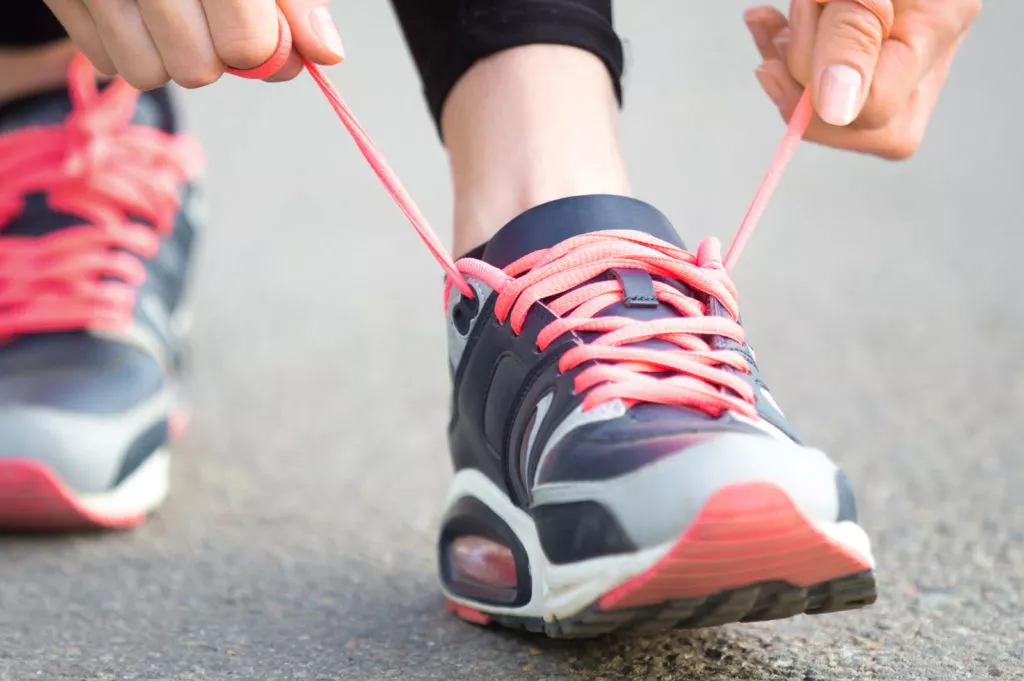After 5,000 years of laces coming undone it’s time for a change!
People have been tying shoelaces for a long time. Even Otzi, the European ‘Ice Man’ who lived more than 5,000 years ago, wore shoes with shoelaces, but his shoe maker didn’t offer the option of lace locks. We can only wonder how often his shoelaces came undone while he was walking in his mountain home.
Table of Contents
Modern researchers have put a lot of work into understanding how shoelaces come untied. This is significant because loose shoelaces cause trips and falls, and are especially dangerous for athletes. Research demonstrates how important it is to have a secure fit to your shoe, based on comparisons between elastic fitting and laced fittings.
Surprising Facts About How Shoelaces Come Undone
Research into how shoelaces untie themselves has been highlighted in Nature, one of the highest ranking science journals in the world. The Nature feature refers to an academic article published by the Royal Society that provides fascinating insights into exactly how laces come undone.
It’s remarkable that many modern shoes made of advanced and innovative materials rely on 5,000-year-old shoelace technology to keep them on your feet. It’s even more surprising when you remember we share the familiar and uncomfortable experience of having shoelaces come untied at inconvenient, or even dangerous, times.
From Secure To Slips & Trips In Only Three Seconds!
You can see from illustrations and photographic analysis published in the research how it can only take three strides for a shoelace to become completely untied, and ready to trip you up in the next instant:

The Royal Society researchers discovered that shoelaces are subjected to unexpectedly high stresses when running and walking, and this is why they can come undone so easily. They found that a weakly tied shoelace can go from tied to completely loose in less than three seconds.
It’s not enough to just swing your leg to make your shoelace come undone. The combination of forces while walking create very high g-forces in the laces as they swing while you walk, and this natural movement makes them come apart very fast when they become loose.
The g-forces experienced by your shoelaces are greater than those experienced by astronauts being launched into space, so it shouldn’t surprise us that it has taken a long time for designers to come up with a better alternative to the humble shoelace.
The Nifco Lace Lock Solution

At Nifco we have found the solution to the problem of shoelaces coming undone. The answer is the Nifco lace lock system, which keeps laces fixed securely with no chance of coming undone and is very easy to use. Nifco lace locks cover all the bases by integrating lace locks with low friction guides and lace ends that improve grip.
It is now possible to match the advanced technology used in modern footwear construction with advanced technology to keep shoes safely on your feet. This is especially important for athletic shoes, which put the highest demands on lace tension and security to maintain a comfortable, secure fit. Our speed lace locks offer the ultimate in athletic performance.
Nifco not only designs ultra secure lace locks for securely fitted shoes, we are also very mindful of our environmental responsibilities when we manufacture our products. We employ plastics recycling and reuse as well as innovative weight reduction in our lace lock designs to maintain high performance with reduced environmental impact.
Nifco, the best fit solution for people and planet









